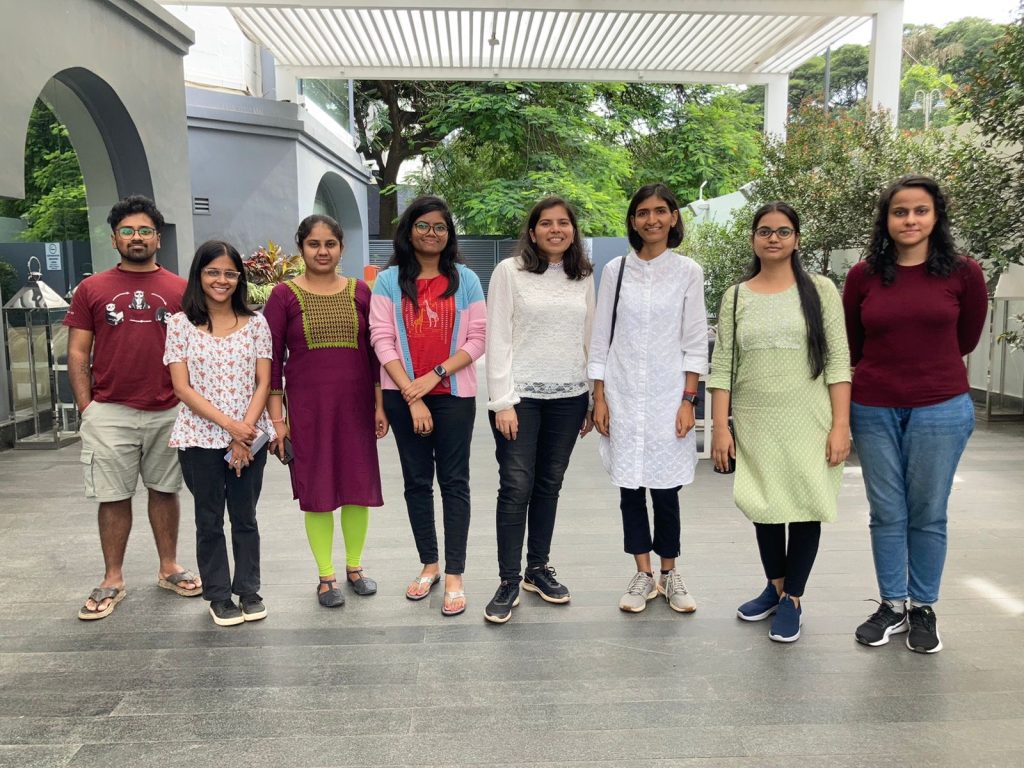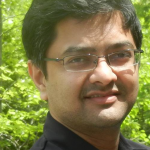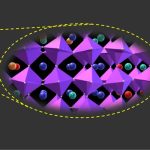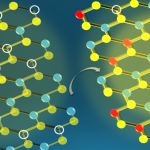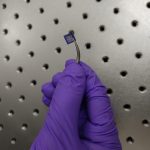Asha Bhardwaj’s lab works on miniature materials called Quantum Dots to explore and control their unique properties
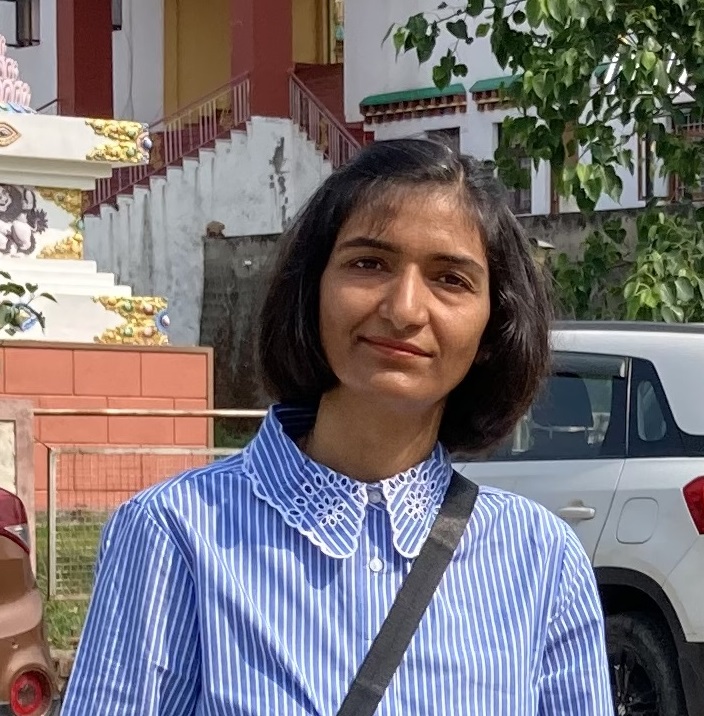
Tucked into a corner of Room 41 of the British Museum is a 1,600-year-old ordinary looking cup that reveals its magic only if you take a closer look. From a distance, it is pale green in colour, with beautiful carvings from Roman mythology, but if light is passed through the cup – called the Lycurgus Cup – it turns red as a ruby. This beautiful effect is due to the strange behaviour of tiny particles embedded in the cup, an ancient example of what we now call nanotechnology.
If you take a cross-section of a single human hair and break it down into 80,000 equal pieces, it would approximately be one nanometer long. Nanotechnology is the study of materials at that scale – a miniature world with completely different rules. A semiconductor can become an insulator with a completely different structure. The basic principle behind this is simple: as a large piece of any material is cut into smaller and smaller pieces, more of its atoms get exposed to the environment and band structure changes, which changes their energy levels and in turn influences the material’s behaviour. This is called the quantum confinement effect.
At IISc, Asha Bhardwaj and her lab in the Department of Instrumentation and Applied Physics (IAP) study quantum dots – nanoparticles with sizes 2-10 nm, which exhibit unique properties. Quantum dots gained popularity in the 1980s and 1990s, and their discovery led to the 2023 Nobel Prize in Chemistry.
Surprisingly, these materials have a long history. For centuries, nanoparticles have existed in various ‘miracle’ materials like the Lycurgus Cup. The reason why the cup’s colour changes from green to red when light is shined is due to gold and silver nanoparticles of a specific size embedded in the glass in a specific ratio, which reflect light due to the particles’ unique behaviour. In the 1850s, American chemist Michael Faraday demonstrated how gold nanoparticles produce different coloured solutions when light of different wavelengths is shined on them. In 1981, the STM (Scanning Tunneling Microscope) was invented, which allowed scientists to observe and even manipulate nanostructures. Fast forward to today, materials like the quantum dots that Asha’s lab works on have pervaded diverse aspects of our everyday life – from our smartphones and TVs to bioimaging and sensing technologies.
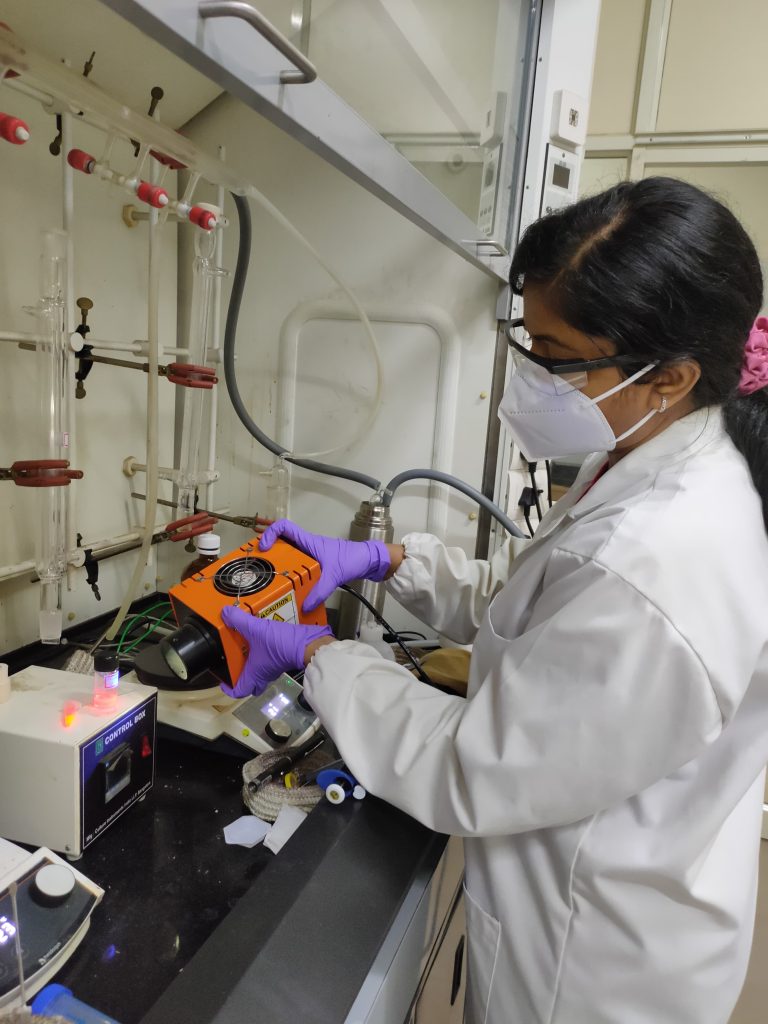
Finding the groove
Before joining IISc, Asha worked on various areas ranging from nanoparticle thin films to quantum dot entrained fibers. A native of Kullu in Himachal Pradesh, she completed her Master’s in Physics from Punjab University and PhD in material science from IIT Delhi. During her PhD, she studied the synthesis and properties of lead-selenide and lead-iron-selenide thin films. Her postdoctoral research at the Ruhr University in Bochum, Germany, focused on insulation doping of devices using Focused ion beam (FIB) equipment. From there, she went on to study the properties of quantum dot entrained optical fibres at XLIM-CNRS, France. After working as Assistant Professor at Sungkyukwan University in South Korea for four years, she joined IISc in 2017, where she has focused on fabrication of quantum dots and their characterisation.
A typical day at the lab begins at 9.30 or 10 am for Asha. She spends the first half of the day reading research papers. The second half is spent on student guidance, correcting manuscripts or reviewing papers. “I always tell my students not to work after 6 pm,” she says. “Start at 9 am and finish your work by 6 pm, then go eat some good food, play sports, read books. Give time to your friends and family.”
Asha likes to read, write, and paint. “You should always work in a field that pulls you in for hours and doesn’t feel like work. Work with concentration and then go home! Work on your hobbies. There are so many new things to learn and do in life.”
Zooming in
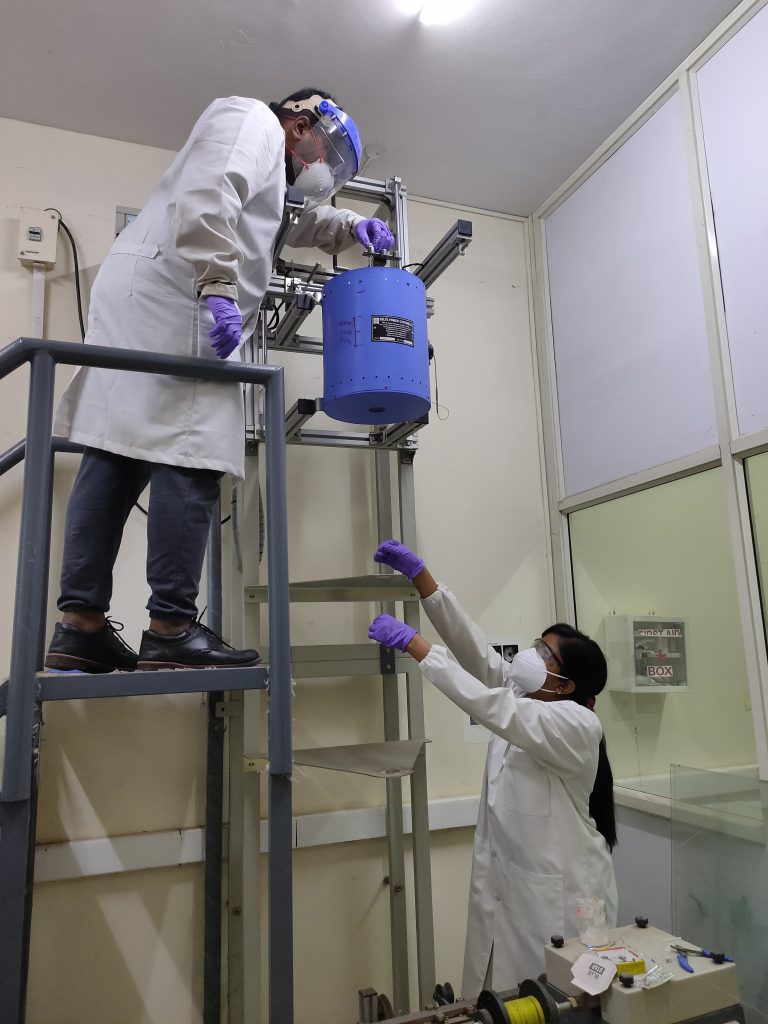
For almost a decade, Asha’s team has worked on carbon quantum dots, also known as CDs or CQDs. Usually, highly emitting dots are lead- or cadmium-based, which are highly toxic in nature. However, carbon-based nanomaterials have comparable optical properties and are non-toxic and environment-friendly. The group has successfully synthesised red light-emitting, white light-emitting, and NIR-I emitting CDs.
They are now trying to optimise the synthesis of carbon dots to emit in the NIR-II range. NIR, or near-infrared region, means that the dots emit light at certain wavelengths – around 600 to 900 nm for NIR-I and between 1,000-1,700 nm for NIR-II. Due to higher penetration depth and lower tissue autofluorescence, NIR-II carbon dots are particularly useful for bioimaging and diagnostics, where they can be tagged to cells or tissues and emit light. They also have potential uses in drug delivery and sensing due to their biological compatibility. White light-emitting CDs can be used to power clean energy and sustainable lighting initiatives.
Apart from CDs, the lab’s newest project involves creating quantum dots for single photon source (SPS) applications. A single photon source emits light as single light particles or photons. Asha’s lab works on fabricating fiber coupled single photon sources based on transition metal dichalcogenide (TMDC) quantum dots and perovskite quantum dots. Such single photon sources have applications in secure quantum communication networks. In addition, they are working on creating yellow light-emitting indium phosphide superstructures, which can be enormously useful in electronics, plasmonics, and catalysis.
Working on new fields such as SPS isn’t easy because manipulating anything at such a small scale to produce desired properties requires a lot of effort. In addition, the process of making such materials must be highly reproducible to be used widely in emerging technologies. However, Asha sees such limitations as a positive challenge. “Put your head down and work, and even the hardest problems will start getting solved,” she says.
